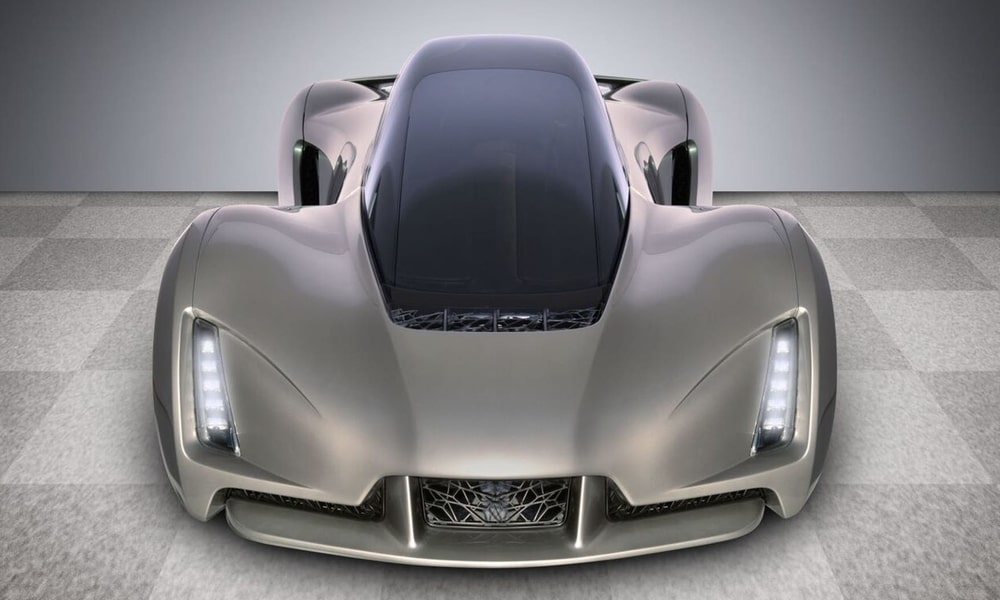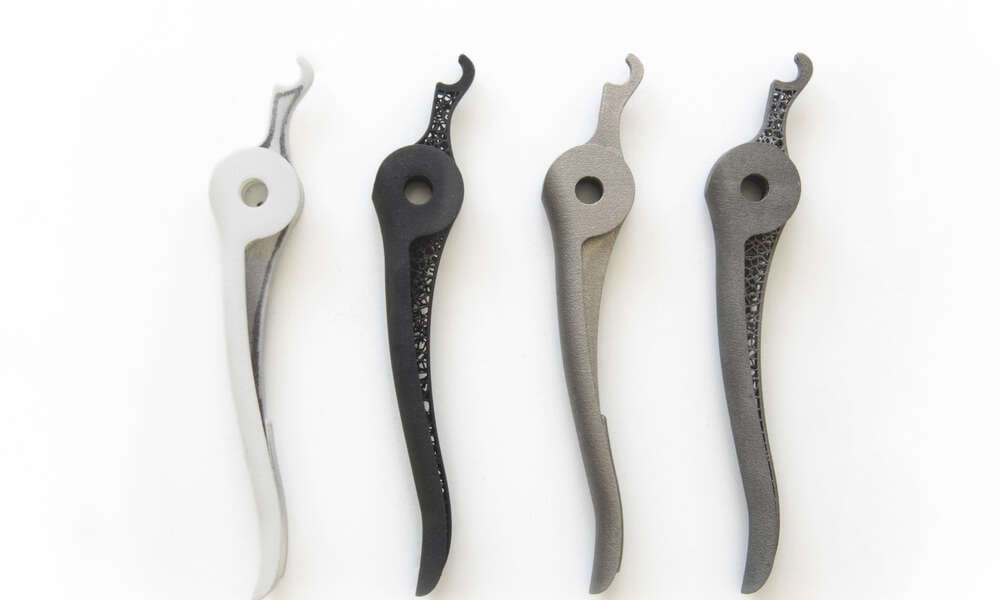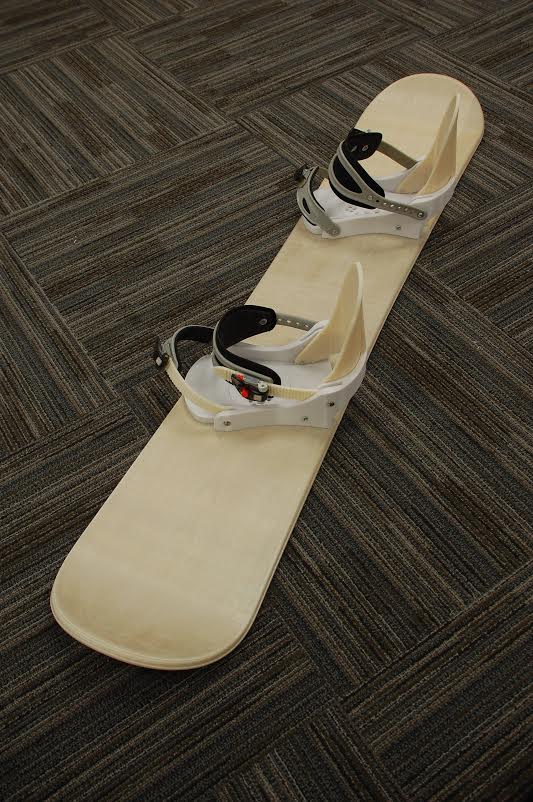Rapid prototyping materials
Home » » Rapid prototyping materialsYour Rapid prototyping materials images are ready in this website. Rapid prototyping materials are a topic that is being searched for and liked by netizens today. You can Find and Download the Rapid prototyping materials files here. Find and Download all royalty-free images.
If you’re searching for rapid prototyping materials images information connected with to the rapid prototyping materials topic, you have visit the ideal site. Our site always provides you with hints for seeking the highest quality video and picture content, please kindly surf and find more informative video content and graphics that match your interests.
Rapid Prototyping Materials. Typical materials include different polymers like polystyrene (ps), polycarbonate (pc), polyamides, thermoplastic elastomers, etc. Titanium material is popular for its unique mechanical properties and functions. Lpe offers a comprehensive range of rapid prototyping materials including high temperature sla materials, flame retardant casting resins. If you print an object in only one material, we can print in extremely high detail down to 16 micron resolution.
 Automotive and 3D printing The Complete Guide to the 3D From sculpteo.com
Automotive and 3D printing The Complete Guide to the 3D From sculpteo.com
Prototyping companies use a variety of materials, such as acrylic, acrylonitrile butadiene styrene (abs), polyphenylsulfone, nylon, polycarbonate, which offer performance functionality, strength, and durability depending on customer requirement for finished products or components. Below are a few plastic materials common to rapid prototyping: The creation of the part, model or assembly is usually completed using additive manufacturing, or more commonly known as 3d printing. Rapid prototyping technologies are classified based on the initial form of its material i.e., the base material of prototype or part to be built. Rapid prototyping can often involve a manufacturing process known as sheet metal fabrication. In this, sheet metal processes such as bending, piercing and notching, along with different welding processes, can be performed to rapidly create the desired prototype.
Photopolymer systems start with a liquid resin, which is then solidified by discriminating exposure to a specific wavelength of light.
Rapid prototyping technologies are classified based on the initial form of its material i.e., the base material of prototype or part to be built. However, there are many grades of titanium you. To understand metal prototyping fully, let’s first look at what prototyping is: In this, sheet metal processes such as bending, piercing and notching, along with different welding processes, can be performed to rapidly create the desired prototype. For metal rapid prototyping, dmls, or direct metal laser sintering, is often used to create dense, strong metal prototypes from materials including stainless steel, inconel, aluminum, cobalt chrome, titanium, and more. Where the design closely matches the proposed finished product it is said to be a high fidelity.
 Source: fabrisonic.com
Source: fabrisonic.com
If you print an object in only one material, we can print in extremely high detail down to 16 micron resolution. Contact protocam for assistance with the rapid prototyping design process and selection of materials for specific prototypes. Lpe offers a comprehensive range of rapid prototyping materials including high temperature sla materials, flame retardant casting resins. There�s a wide range of plastic and metal materials that provide just the right properties for your product or part, and each material has physical characteristics that make it suitable for specific applications. Backed by engineering and rapid prototyping services, our process is designed to identify the best manufacturing technology and.
 Source: sculpteo.com
Source: sculpteo.com
Thanks to a variety of available technologies and materials, rapid prototyping supports designers and engineers throughout product development, from initial concept models through engineering, validation testing, and production. Pc (polycarbonate) polycarbonate is known for its unique properties. Typical materials include different polymers like polystyrene (ps), polycarbonate (pc), polyamides, thermoplastic elastomers, etc. It provides a wide variety of examples of medical applications using rapid prototyping, including tissue engineering, dental applications, and bone replacement. You can also blend two colours with a clear rigid material or rubber to give translucent materials.
 Source: 3dprint.com
Source: 3dprint.com
For metal rapid prototyping, dmls, or direct metal laser sintering, is often used to create dense, strong metal prototypes from materials including stainless steel, inconel, aluminum, cobalt chrome, titanium, and more. Abs is not the only material you can use in rapid prototyping. In this, sheet metal processes such as bending, piercing and notching, along with different welding processes, can be performed to rapidly create the desired prototype. The new rapid prototyping technologies are additive processes. For metal rapid prototyping, dmls, or direct metal laser sintering, is often used to create dense, strong metal prototypes from materials including stainless steel, inconel, aluminum, cobalt chrome, titanium, and more.
 Source: sculpteo.com
Source: sculpteo.com
Rapid prototyping can often involve a manufacturing process known as sheet metal fabrication. 3d prototype design uses a variety of materials including selective laser sintering (sls) printers to deliver high quality models to. Laser prototypes europe ltd — europes leading rapid prototyping and manufacturing bureau They can be categorized by material: If you print an object in only one material, we can print in extremely high detail down to 16 micron resolution.
 Source: coroflot.com
Source: coroflot.com
Rapid prototyping is the fast fabrication of a physical part, model or assembly using 3d computer aided design (cad). Contact protocam for assistance with the rapid prototyping design process and selection of materials for specific prototypes. The creation of the part, model or assembly is usually completed using additive manufacturing, or more commonly known as 3d printing. Metal prototyping involves creating prototypes using metal as the base material. However, there are many grades of titanium you.
 Source: sculpteo.com
Source: sculpteo.com
They can be categorized by material: Thanks to a variety of available technologies and materials, rapid prototyping supports designers and engineers throughout product development, from initial concept models through engineering, validation testing, and production. Of the many materials suitable for rapid prototyping, titanium material is a popular one due to its unique properties. Clear is a popular choice for prototypes. Pc (polycarbonate) polycarbonate is known for its unique properties.
This site is an open community for users to submit their favorite wallpapers on the internet, all images or pictures in this website are for personal wallpaper use only, it is stricly prohibited to use this wallpaper for commercial purposes, if you are the author and find this image is shared without your permission, please kindly raise a DMCA report to Us.
If you find this site adventageous, please support us by sharing this posts to your own social media accounts like Facebook, Instagram and so on or you can also bookmark this blog page with the title rapid prototyping materials by using Ctrl + D for devices a laptop with a Windows operating system or Command + D for laptops with an Apple operating system. If you use a smartphone, you can also use the drawer menu of the browser you are using. Whether it’s a Windows, Mac, iOS or Android operating system, you will still be able to bookmark this website.